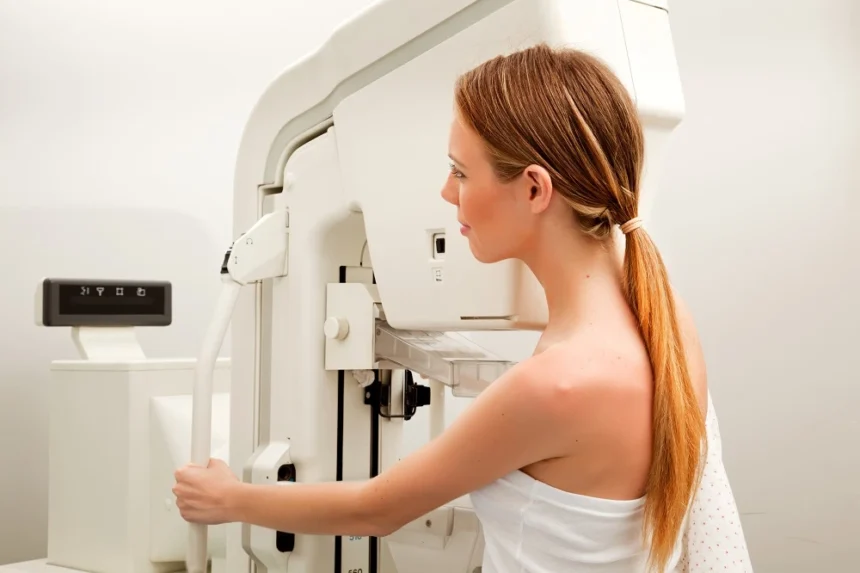A mammogram is a significant tool for detecting breast cancer early, yet many women worry about the discomfort often associated with the procedure. Making sure patients are comfortable during a mammogram is key. This not only eases fear but also encourages regular screenings that can save lives. Here’s more information on aiding comfort during a breast screening:
Prepare Patients Before the Appointment
Preparing properly helps alleviate worries and makes the mammogram process run smoothly. Healthcare staff should give patients clear information about what to expect during their visit. This includes explaining the steps of the breast exam and how long the appointment will take.
Patients should receive instructions about what to wear and what to avoid before their mammogram. Comfortable, two-piece clothing works best since patients need to remove their shirt and bra. They should not wear deodorant, powder, or lotion on their chest or underarms on the day of the exam. These products can appear on mammogram images, making them harder to read. Staff should also ask patients about their medical history and any breast concerns.
Create a Supportive Environment
The mammography suite should feel welcoming and private. A calm, clean space helps patients feel relaxed. The room temperature should be comfortable since patients will be partially undressed during the procedure.
Staff members play a key role in creating a positive experience. They should greet patients warmly and explain each step of the process. Clear communication helps reduce fear and uncertainty. Technologists should speak in a calm, friendly voice and answer any questions patients may have.
Privacy is fundamental during mammogram procedures. Staff should make sure patients feel secure and respected. This includes knocking before entering rooms and giving patients enough time to undress and put on a gown. The examination area should be private with no interruptions during the procedure.
Minimize Discomfort
The mammogram procedure involves compressing the breast tissue between two plastic plates. This compression can cause discomfort, but technologists can take steps to ease the discomfort. Good communication during the procedure helps patients know what to expect. The technologist should explain when compression is about to start and how long it will last. They should also inform patients when they need to hold their breath or remain still.
Scheduling mammograms at the right time can help reduce discomfort. The week after a woman’s period is often the best time since breasts are less tender then. For women who no longer have periods, any time works well.
Offer Reassurance and Aftercare
Many patients worry about the results of their mammogram. Staff should explain when and how patients will receive their results. Most facilities send results within a few days to a week. Patients should know who to contact if they have questions about their results.
Healthcare providers should explain what happens if more tests are needed. Some patients may need extra images or an ultrasound. This does not always mean there is a problem, and staff should make this clear to patients. After the mammogram, patients should receive information about breast self-exams and when to schedule their next screening. This helps them stay involved in their breast health care.
Schedule Your Mammogram Today
Making mammograms more comfortable helps patients have a better experience and encourages them to keep up with regular breast screening. Healthcare providers who focus on patient comfort create an environment where women feel safe and cared for during this key health procedure. Regular mammograms are fundamental for early detection of breast cancer. To schedule a mammogram or for questions about breast screening, contact a trusted provider near you to schedule your mammogram appointment.














